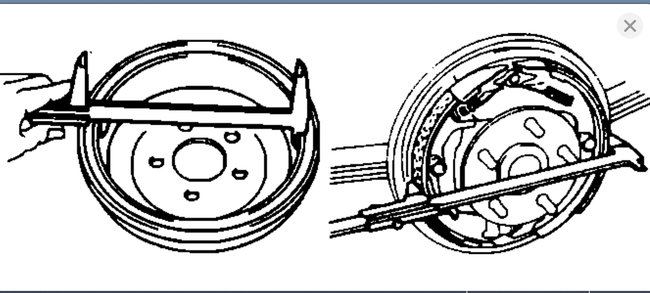Hey, here's what's up in summary:
I have bled my brakes multiples times it took me about 4 hours to do so. I did this by pumping the brake pedal 15-20 times then using a breaker bar to hold the pedal down while I went to each wheel to crack the bleeder valve.
I did so in this order: DR, PR, PF, DF, LPSV.
There is no fluid leaking at any lines, hoses or wheels. I did got some gunky fluid from the DR valve and it cleared up fine. I went through the process of pumping the pedal, depressing it, cracking the valve, closing it, then back to pumping the pedal about 4 times/wheel.
The master cylinder never dropped below the minimum fluid line level. I checked it religiously.
I kept my bled brake fluid jar above the bleeder valve height to insure air and fluid flow into the jar without air going back into the line(s).
I get a nice, firm brake pedal when the engine is off and a soft, squishy pedal as soon as it is turned on.
I have adjusted the rear drum brakes to the point where they are slightly difficult to turn by hand when the vehicle is on jacks. I also adjusted my parking brake cable because before doing so my truck would just roll on a steep hill when the handle was completely extended. It now engages and holds the truck nicely within about 5-7 clicks. Wonderful.
My master cylinder was replaced in early 2013 and the truck has accumulated about 5,000 miles in that time so I'm hoping that wear and tear is not an issue. There are also new front brake pads, calipers, hoses, and new rear drums and shoes. There is no fluid leaking on the master cylinder or brake booster when doing a visual inspection.
Lastly, I did do the brake bleeding with the parking brake on which I have since discovered maybe should not be done so I am happy to go back and redo that, but what else am I missing?
Should I look into adjusting my brake pedal height? I'd like highly effective, well-adjusted brakes soon and feel like I may be overlooking something simple.
Tuesday, July 21st, 2020 AT 5:21 PM
(Merged)





